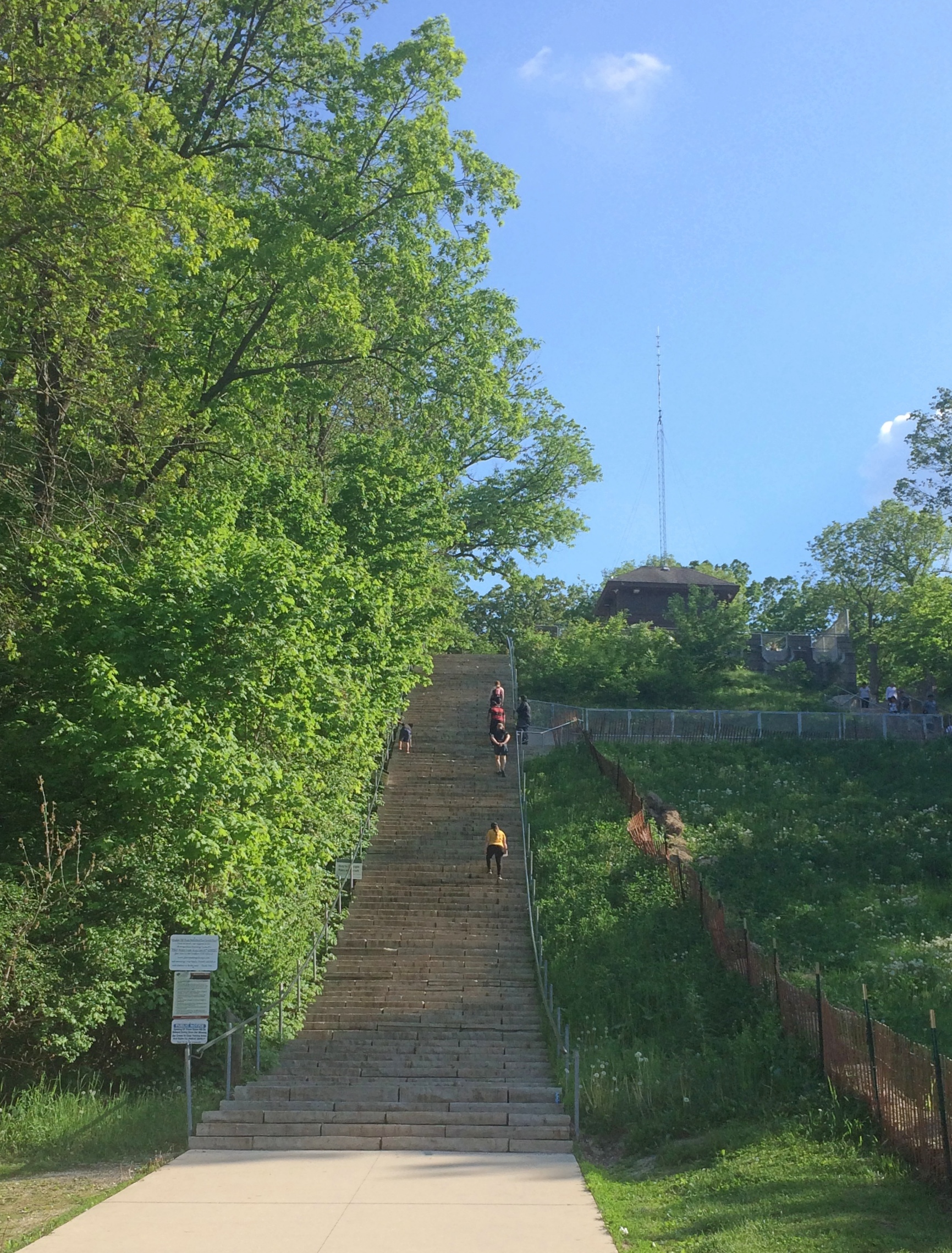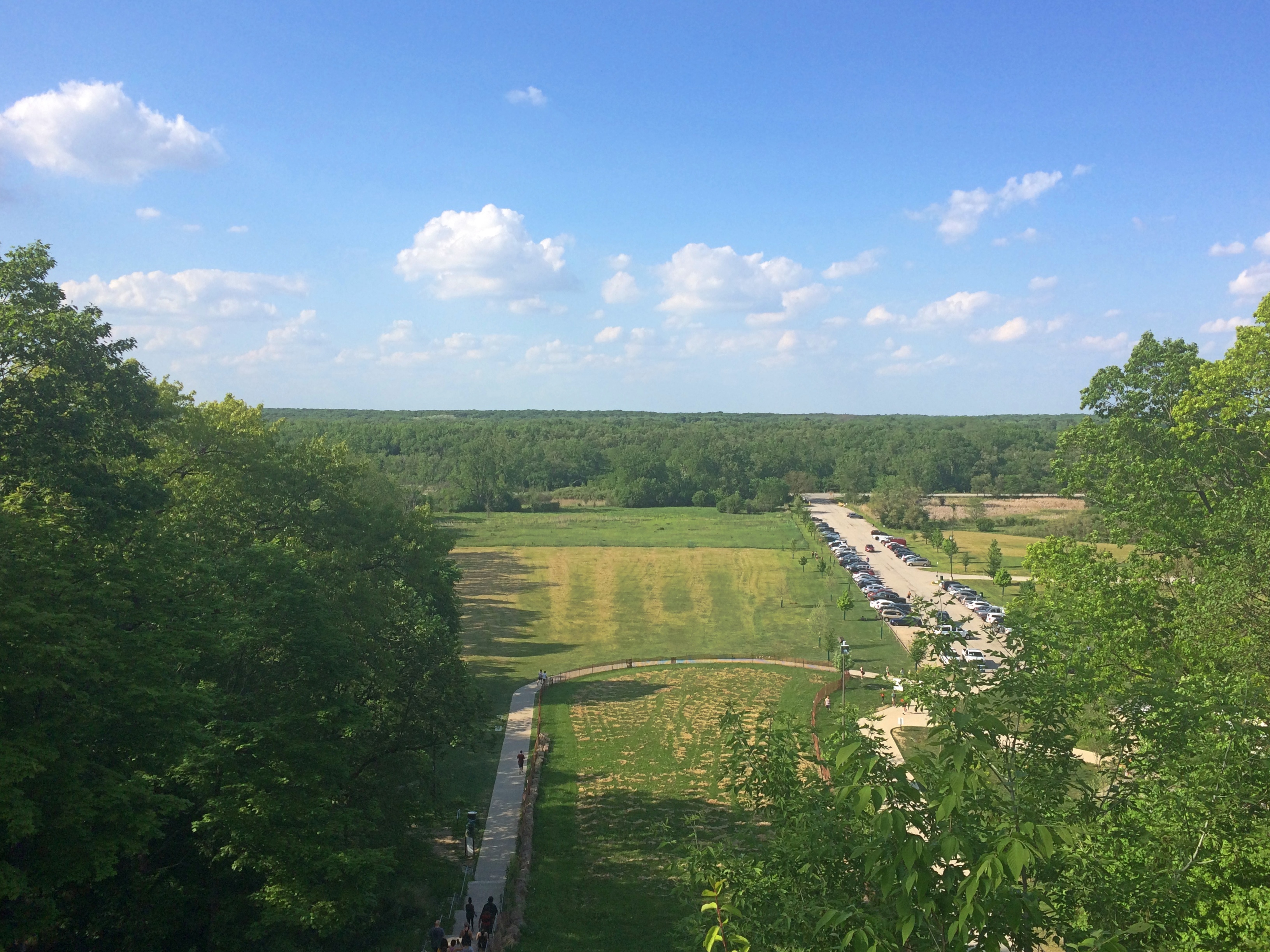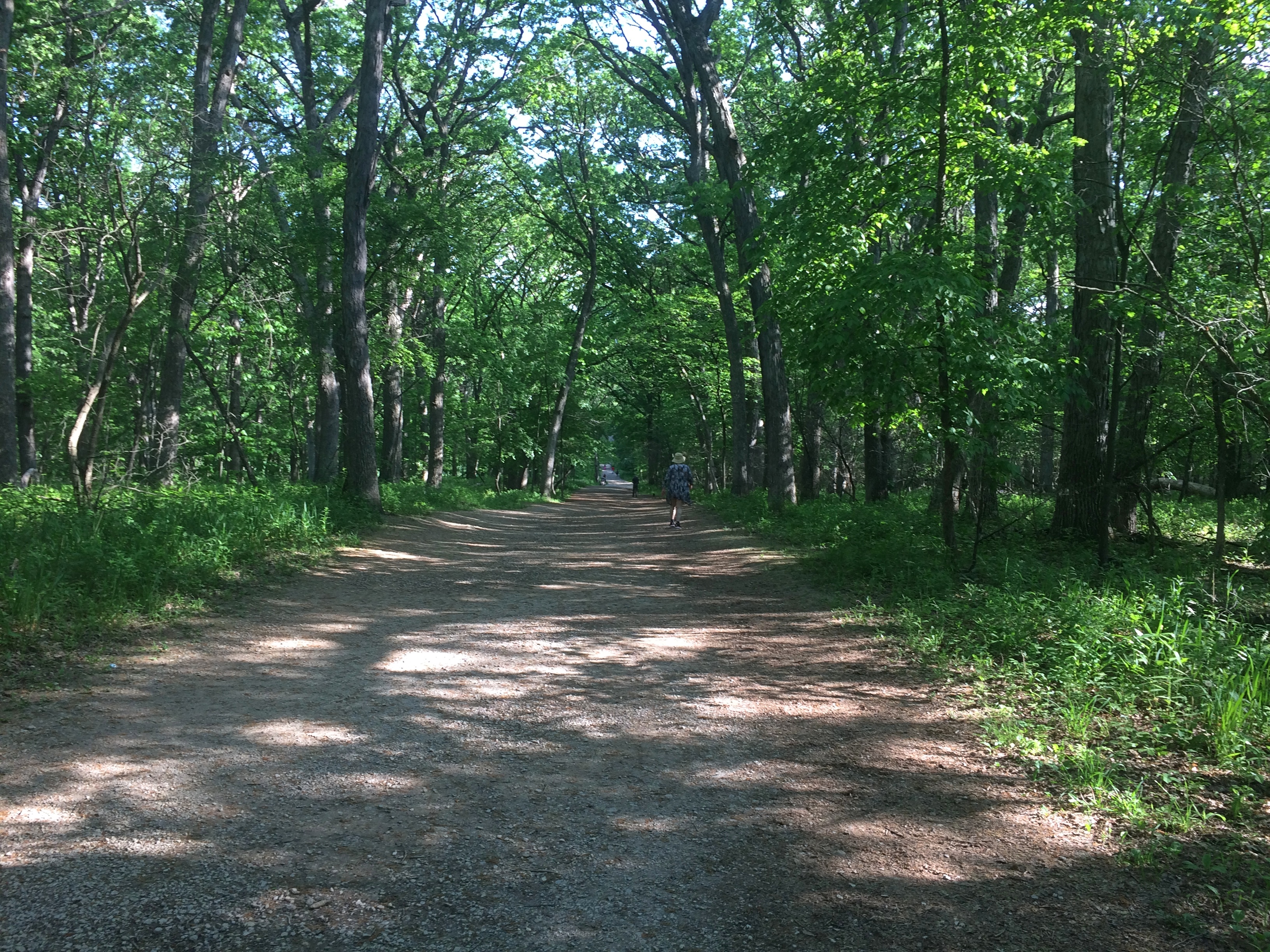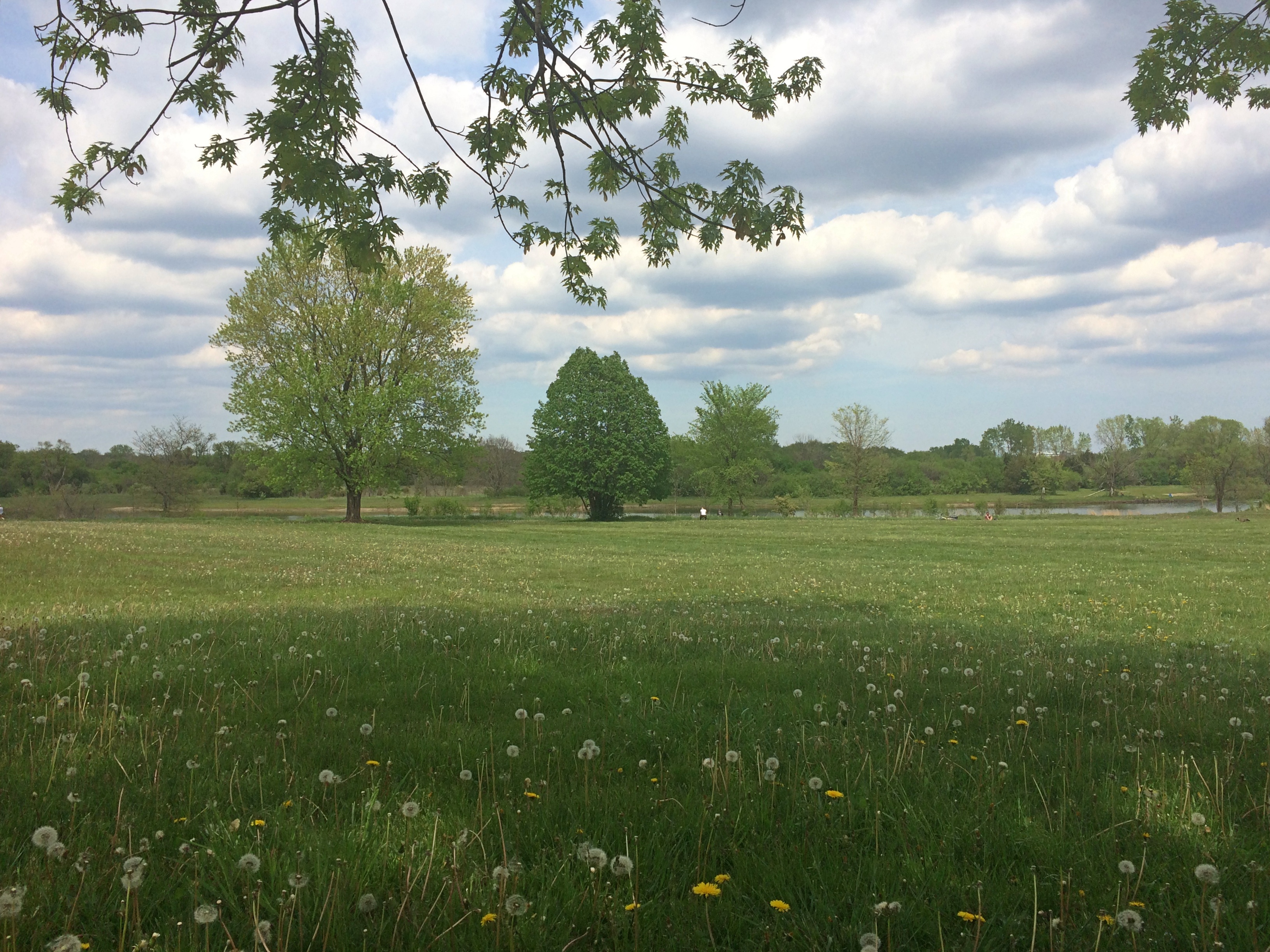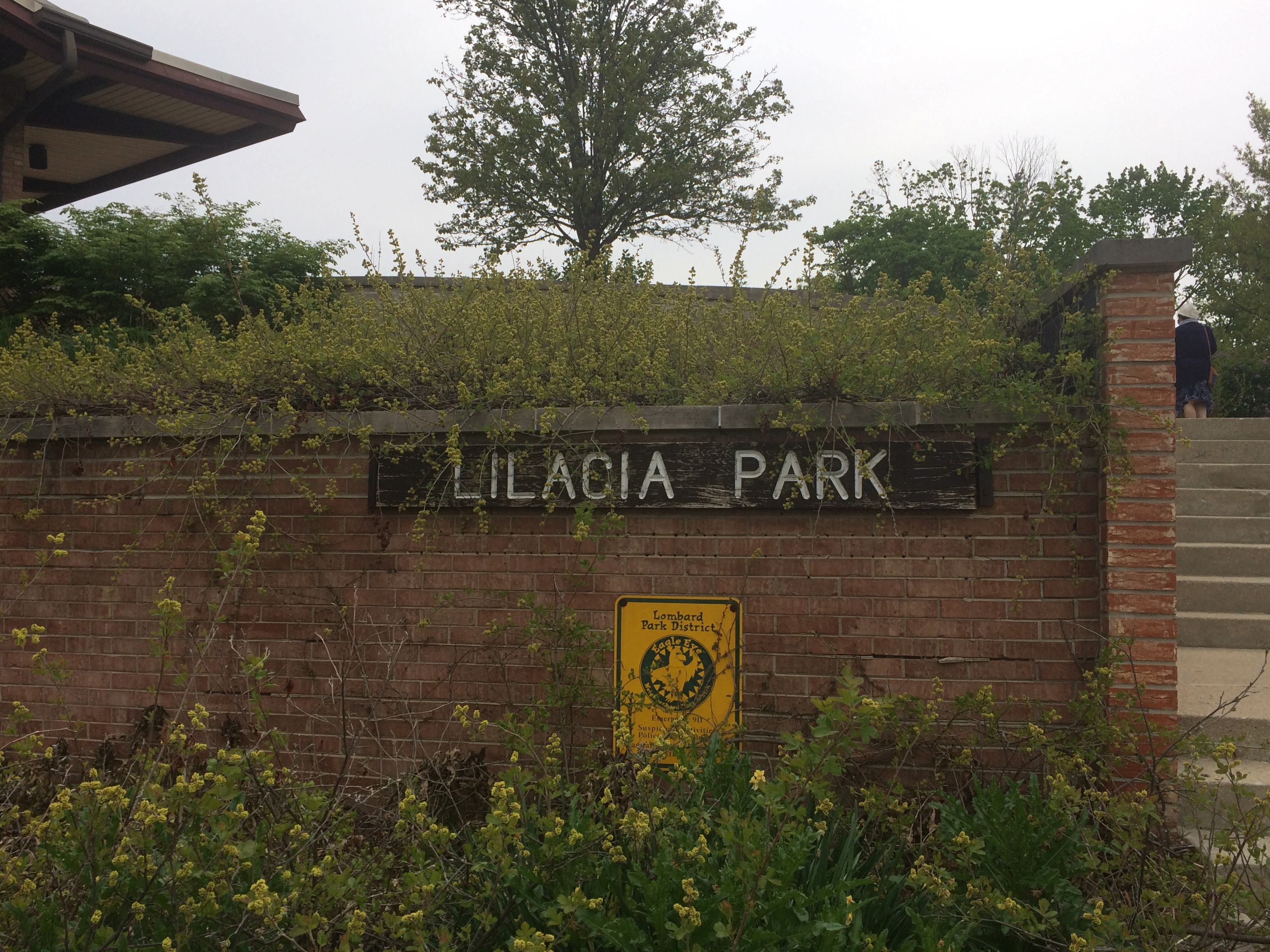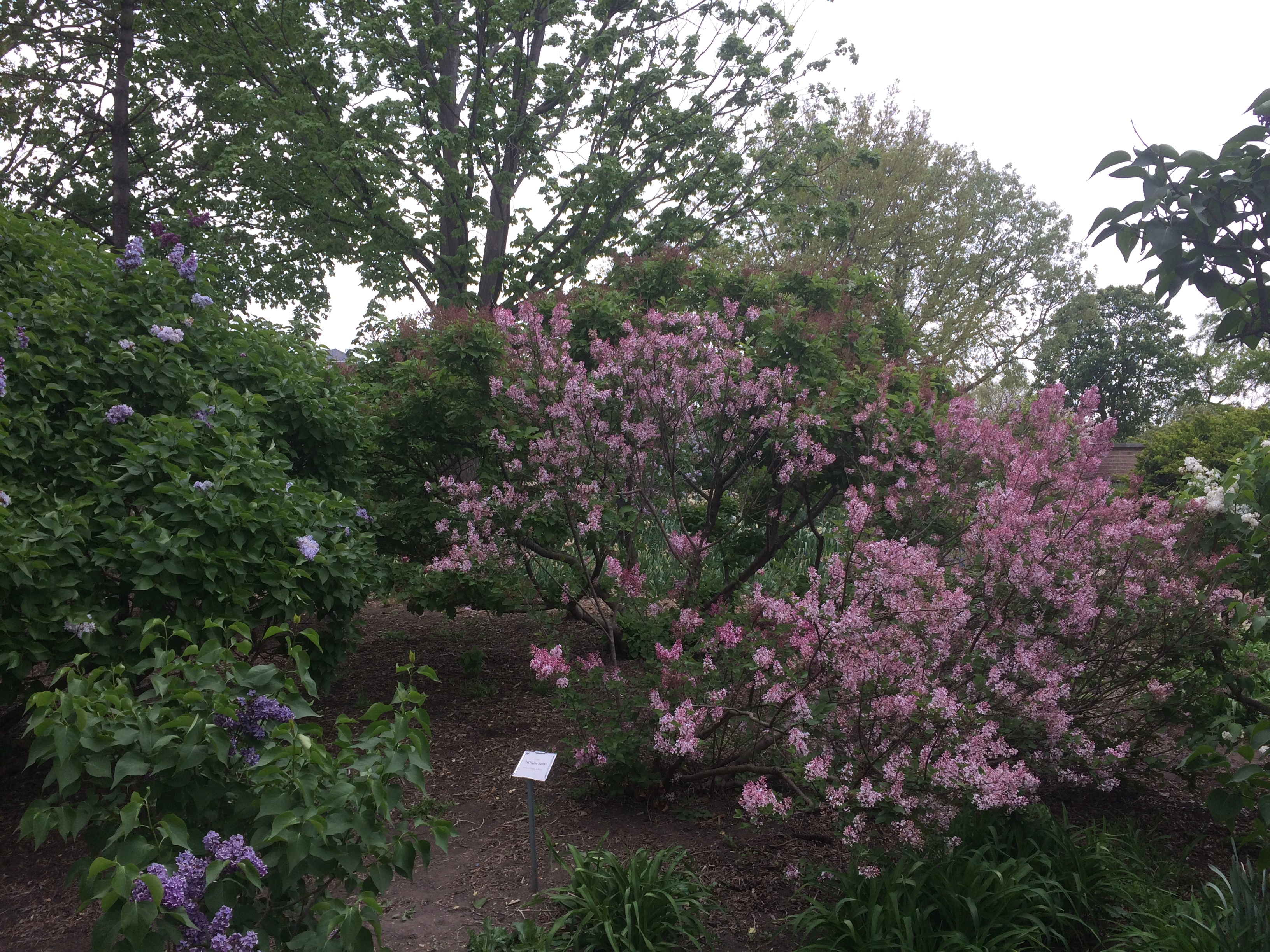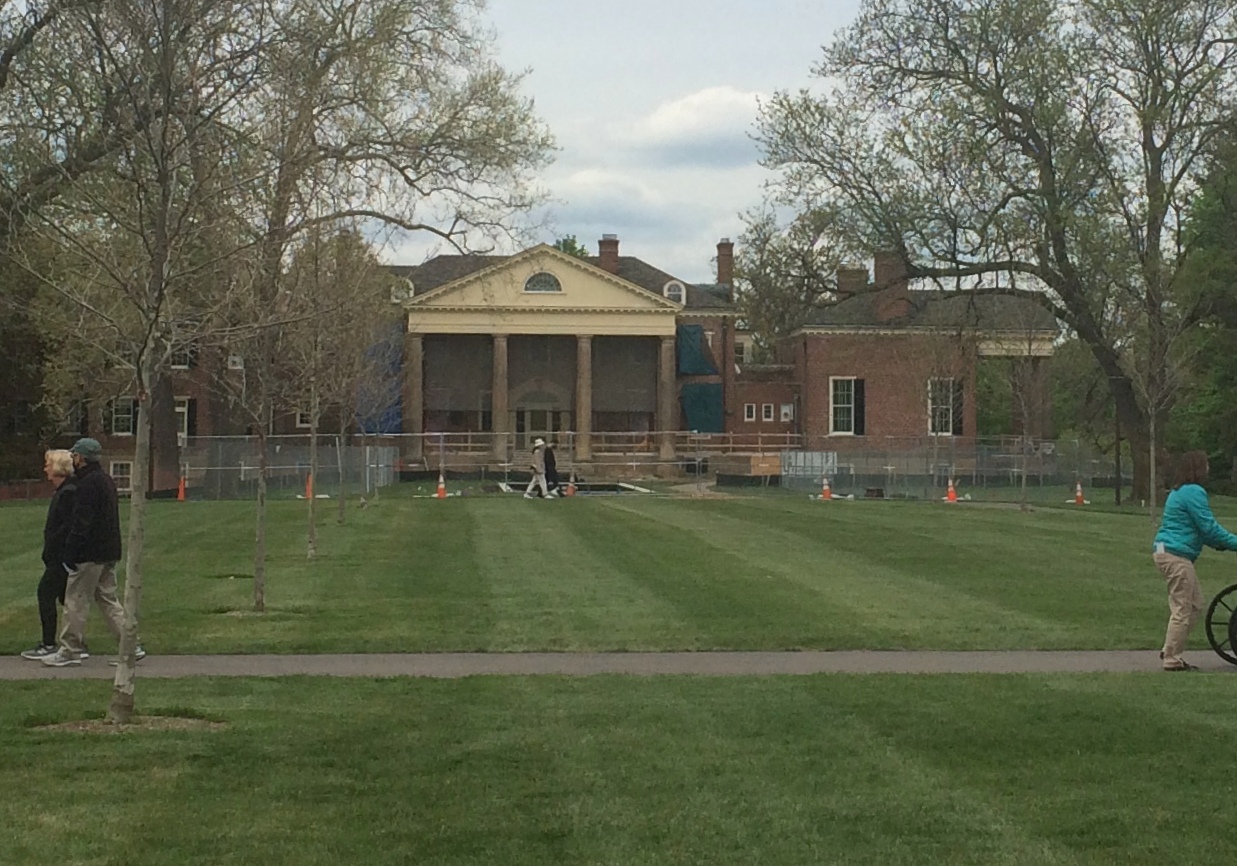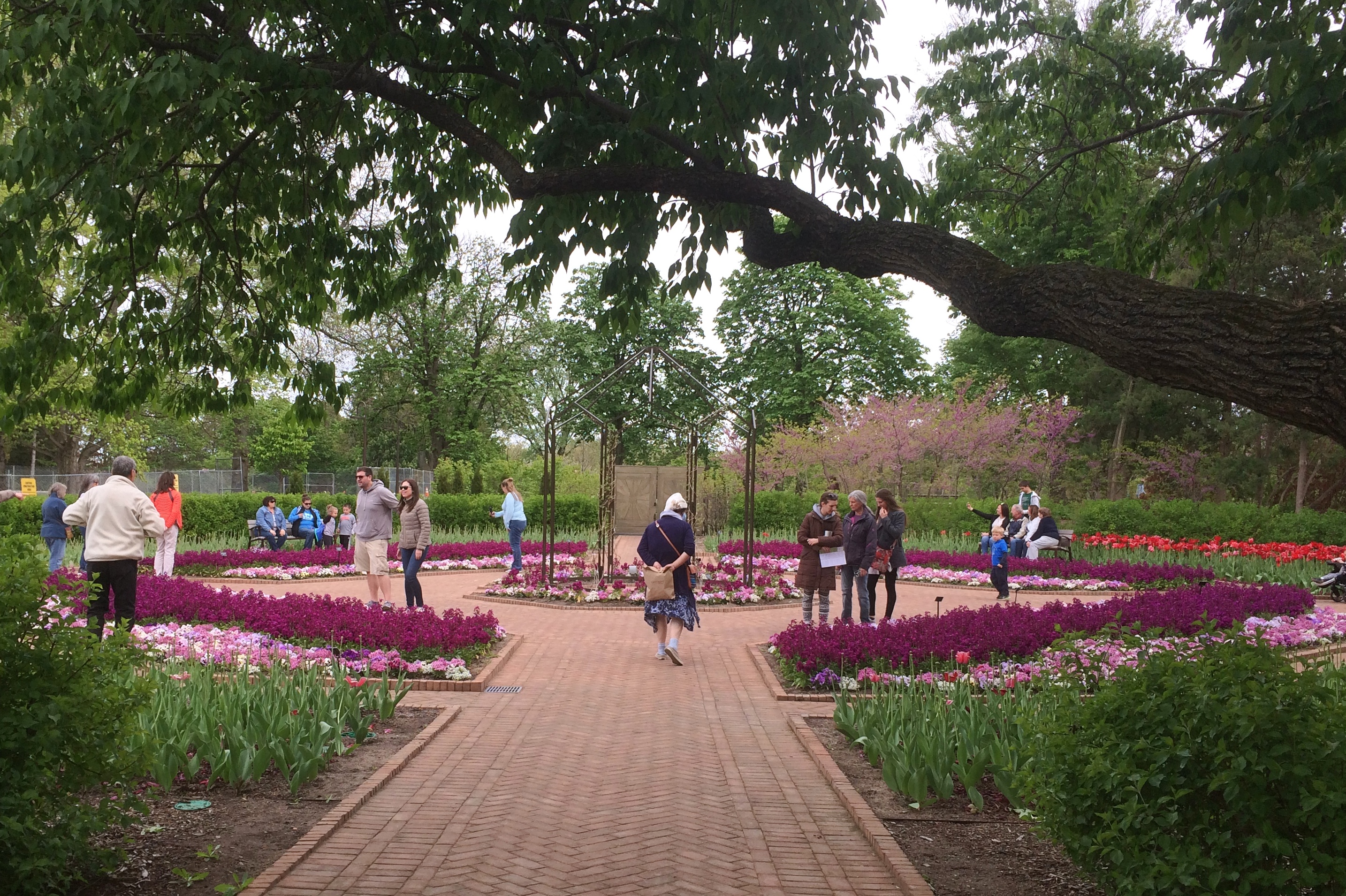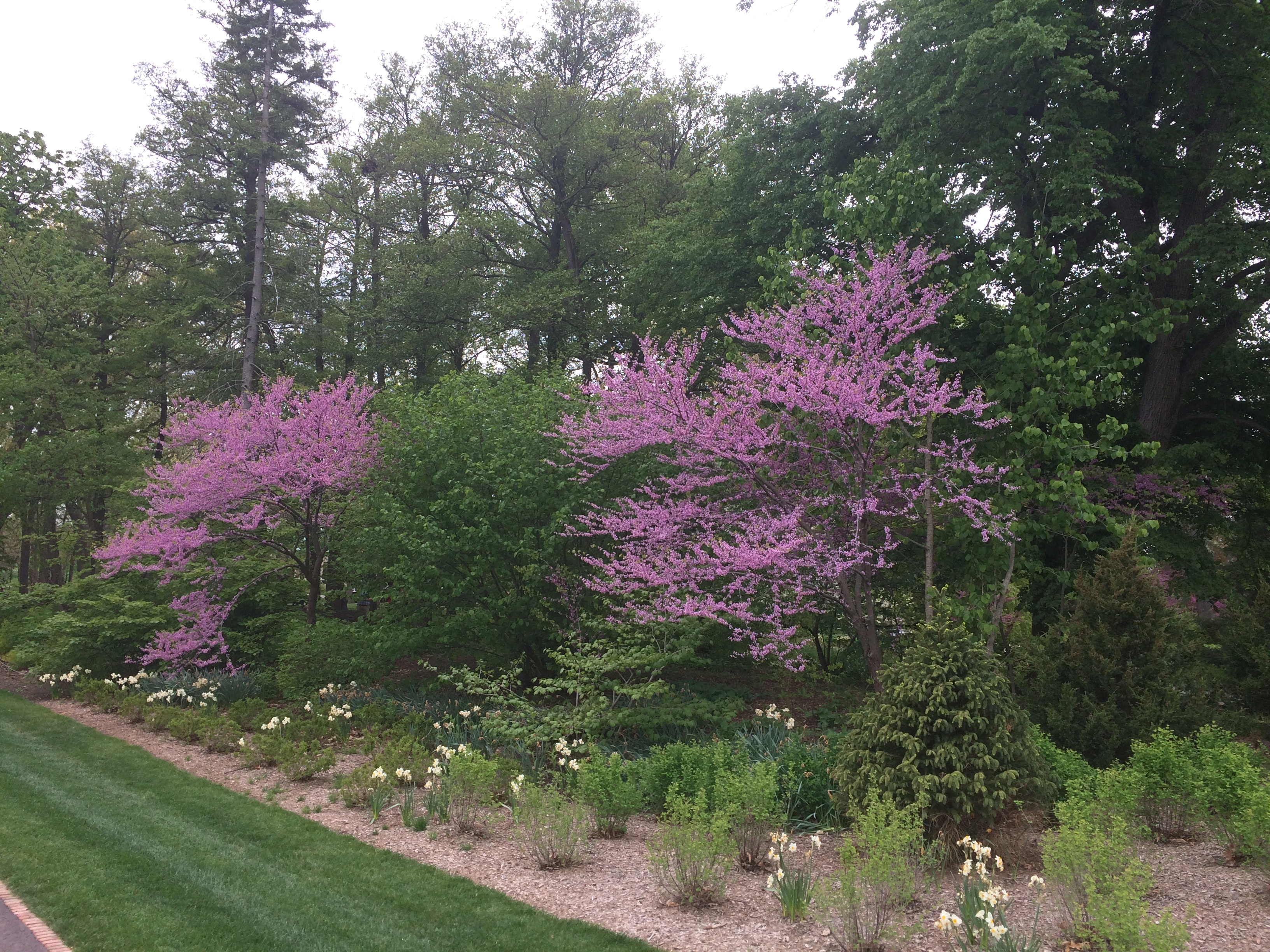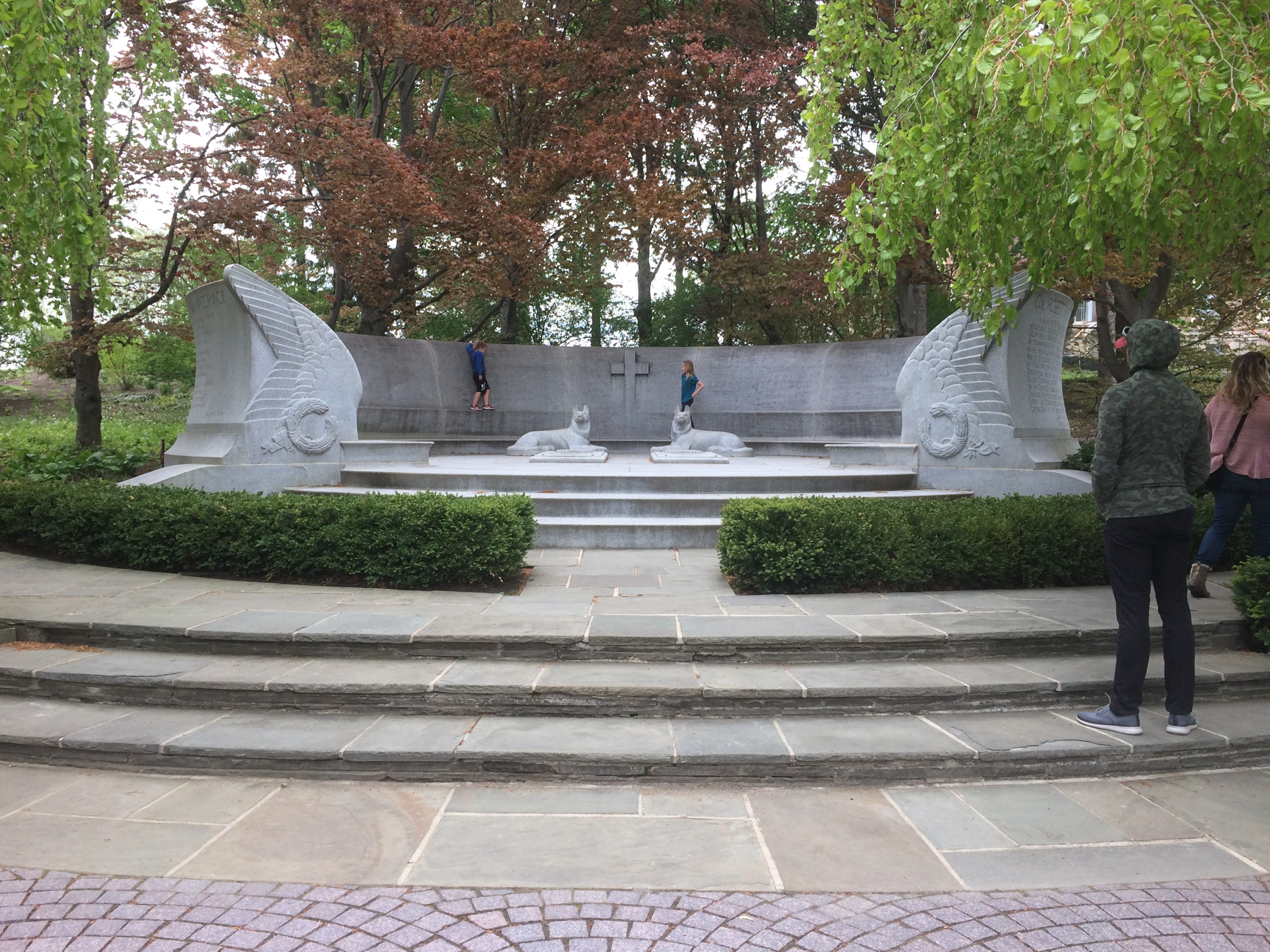Back again on Easter Monday, April 5. Happy Easter to all.
On a day like today, and in fact today and no other day, I wake up and think, It’s April, fool. I could do that each day for the next 29 and still be right, but it’s not the same somehow.
Well below freezing this morning, but such temps won’t last. Not long ago I was pleased to see clover underfoot.

I’ve seen two (?) four-leaf clovers over the years. I can’t remember exactly. I know I spotted one in Nashville years ago. This source at least, claiming an empirical survey, says that one clover per 5,076 has four leaves, so it is a rarity. And five-leaf clovers are one in 24,390. Never seen one of those, or the one-in-312,500 six-leaf clover.
How is that most “clover-leaf” interchanges have four circular ramps, like the variety we aren’t likely to see? Shouldn’t we think of another name? Maybe Buckminster Fuller did. Quadrocircles or something.
A cell tower I saw last weekend near Jelke Creek Bird Sanctuary.

Why take a picture of something so pedestrian? It occurs to me that members of some future generation might quarrel about preserving some of the last standing cell towers as reminders of the 21st century. Most were long gone, having outlived their usefulness after everyone had those satellite-receiving transponders implanted behind their ears.
Also: more about governmental units from the Census Bureau. Jay once told me that Texas is fond of setting up specialized governmental districts, and so it seems.
“Texas ranks second among the states in number of local governments with 5,147 active as of June 30, 2012,” the bureau says. No townships — the Republic of Texas originally spurned such notions, perhaps, and maybe the state banned them in the 1876 constitution (everything’s in there) — but there are 2,600 special district governments.
Besides ordinary things like school districts and housing authorities, they include (and this isn’t a complete list) advanced transportation districts, coordinated county transportation authorities, county development districts, fire control and prevention and EMS districts, freight rail districts, fresh water supply districts, groundwater conservation districts, irrigation districts, levee improvement districts, local mental health authorities, intermunicipal commuter rail districts, multi-jurisdiction library districts, navigation districts, municipal power agencies, noxious weed control districts, rural rail transportation districts, rural and urban transportation districts, soil and water conservation districts, water improvement districts, sports and community venue districts, sports facility districts, and underground water conservation districts. What, no fire ant control districts?
Also: the Edwards Aquifer Authority, Palacios Seawall Commission, Riverbend Water Resources District, Ship Channel Security District, and the Upper Sabine Valley Solid Waste Management District.
Whew. To cross Texas is to cross a welter of districts. Who is number 1 in governmental units, if vast Texas is second? Illinois, with 6,936 as of June 30, 2012. What about the state with the least governmental units? I’d think it was Idaho or Vermont or Little Rhody, but no: Hawaii, with 21. Rhode Island is no. 49, with 133.
I understand that the Louvre has made all of its works available for viewing online, so the other day, I looked up “L’Arbre aux corbeaux,” by Caspar David Friedrich — “Krähenbaum” or “The Tree of Crows” (1822).
This is what I saw.

At Wikipedia, you can see this.
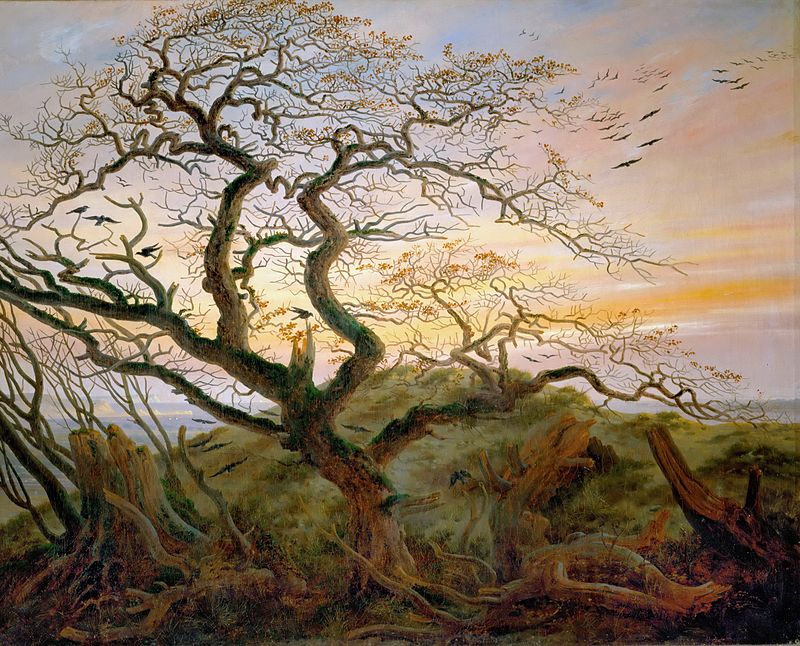
Both images unretouched. What’s up with that, Louvre?
From a press release that came my way recently: “Over the last few years, we’ve seen the rise of cleanfluencers from Mrs Hinch to Clean Mama. Like others, they’ve made the jump over to TikTok to provide us with their best tips and tricks, but how much could they potentially earn from their videos?”
Cleanfluencers? As usual, I’m behind the curve. As usual, I don’t give a damn. And of course, the reaction to this sort of nonsense isn’t new either.











